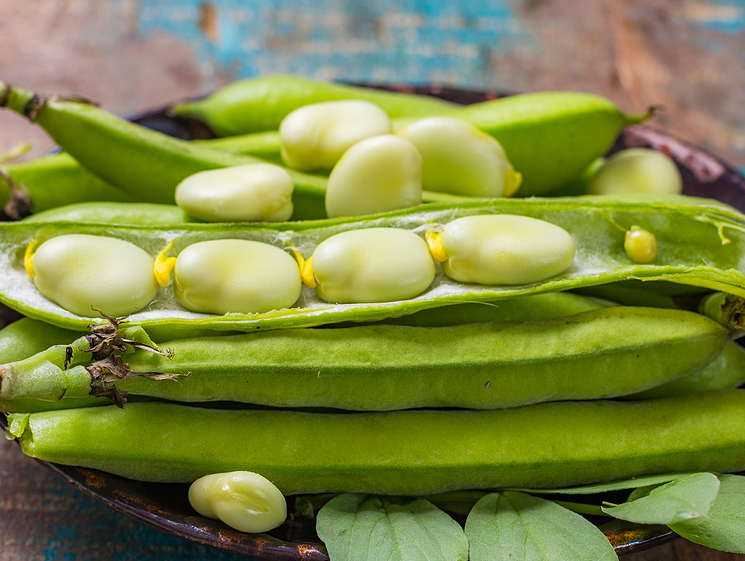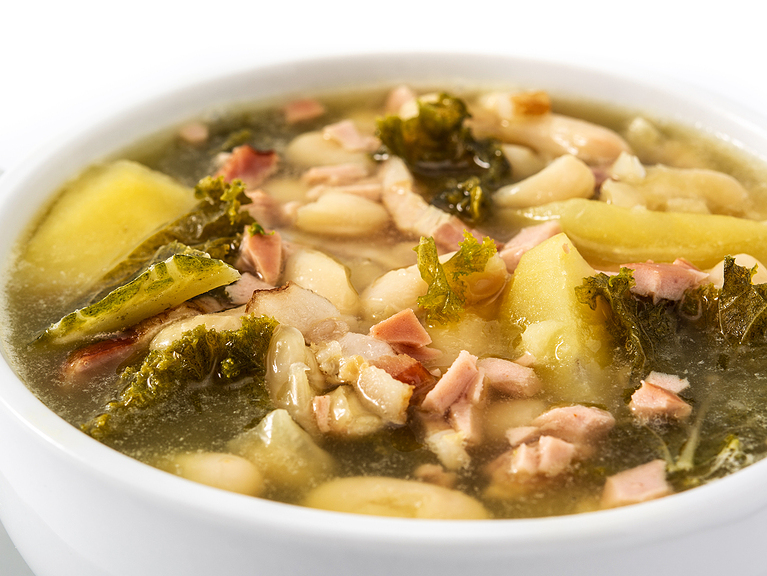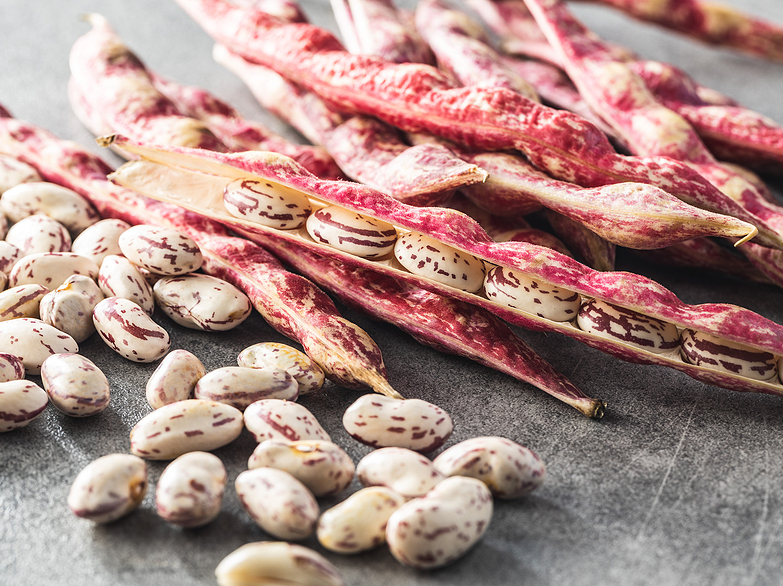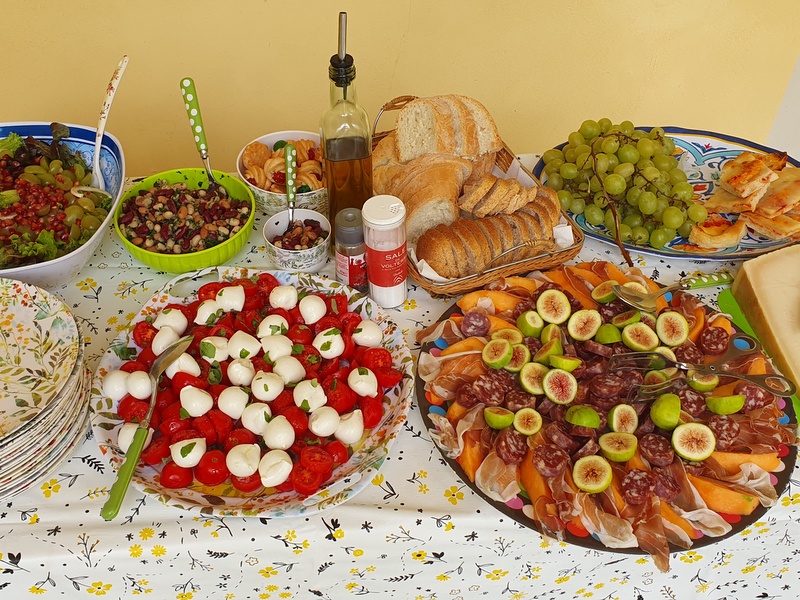The expression “full of beans” has long been used to describe a person who is full of life and energy. No surprise when you discover that beans are high in protein, full of important vitamins and minerals and also a good source of fibre. The Italians have a centuries-old love affair with beans, not least because they are easy to cultivate and a cheaper alternative to meat. They helped to stave off famine in hard times and became the cornerstone of the famous “cucina povera”. Fava beans (broad beans) are thought to have been enjoyed as far back as Roman times, while the Borlotti and Cannellini beans were introduced to Italy after the discovery of the Americas. Although today beans are eaten all over Italy, the Tuscans are sometimes jokingly called “mangiafagioli” (bean eaters) because of the huge quantities they consume in many traditional dishes.

Fava Beans
One of the best ways to enjoy a fava bean is to eat it fresh from the pod in springtime, perhaps paired with a little fresh pecorino sheep’s cheese. This is a very traditional snack and you will see locals eating them this way. If the beans have been dried, then they need soaking for around 24 hours and simmered in boiling water for around 2 hours to make them soft. Dried fava beans are used in soups, stews and purées, especially in the south, and have a heartier, earthier flavour. If you travel with us on one of our spring tours you will almost certainly get to try the fresh beans at one of our picnic lunches.

Cannellini Beans
These beans are particularly popular in the central Italian regions, but of course are eaten all over the peninsula. The pods are harvested in the autumn, when they are completely dry, so it is unlikely that you will eat a fresh one. They too need to be soaked overnight and simmered for a couple of hours before eating. They’re small, white, kidney-shaped beans with a creamy texture and mild, nutty flavour. They are excellent in soups and stews, or smashed to a purée and served on toasted bread (bruschetta) with olive oil and herbs. They also make a great salad ingredient on their own, and are delicious seasoned with salt, pepper, garlic, rosemary and plenty of extra-virgin olive oil. If you travel with us in the autumn season you may well enjoy a classic Tuscan soup known as Ribollita: a thick, hearty soup made with cannellini beans, stale bread, kale or cabbage and vegetables.

Borlotti Beans
Borlotti beans are popular in central and northern Italy. They have distinctive highly-patterned pods, and the beans themselves are instantly recognisable for their red and white speckles when fresh. These too are often harvested when dry, when the beans take on a darker colour and again need soaking and boiling to eat. Salt is usually added at the end of the cooking process, to avoid the skins hardening. They have a creamy texture and a chestnutty flavour. Sometimes borlotti beans are mashed to add a velvety texture to a soup, as well as being added whole. In northern regions like Lombardy and the Veneto, borlotti beans are an essential ingredient in the local minestrone soups. Veneto is particularly well-known for a dish known as Pasta e Fagioli – a hearty soup including local borlotti beans, fresh egg pasta, butter and pancetta.

However you enjoy your beans, they are a delicious and versatile addition to almost any meal. They form an important part of many of our famous picnic lunches, and are excellent fuel for hikers.
